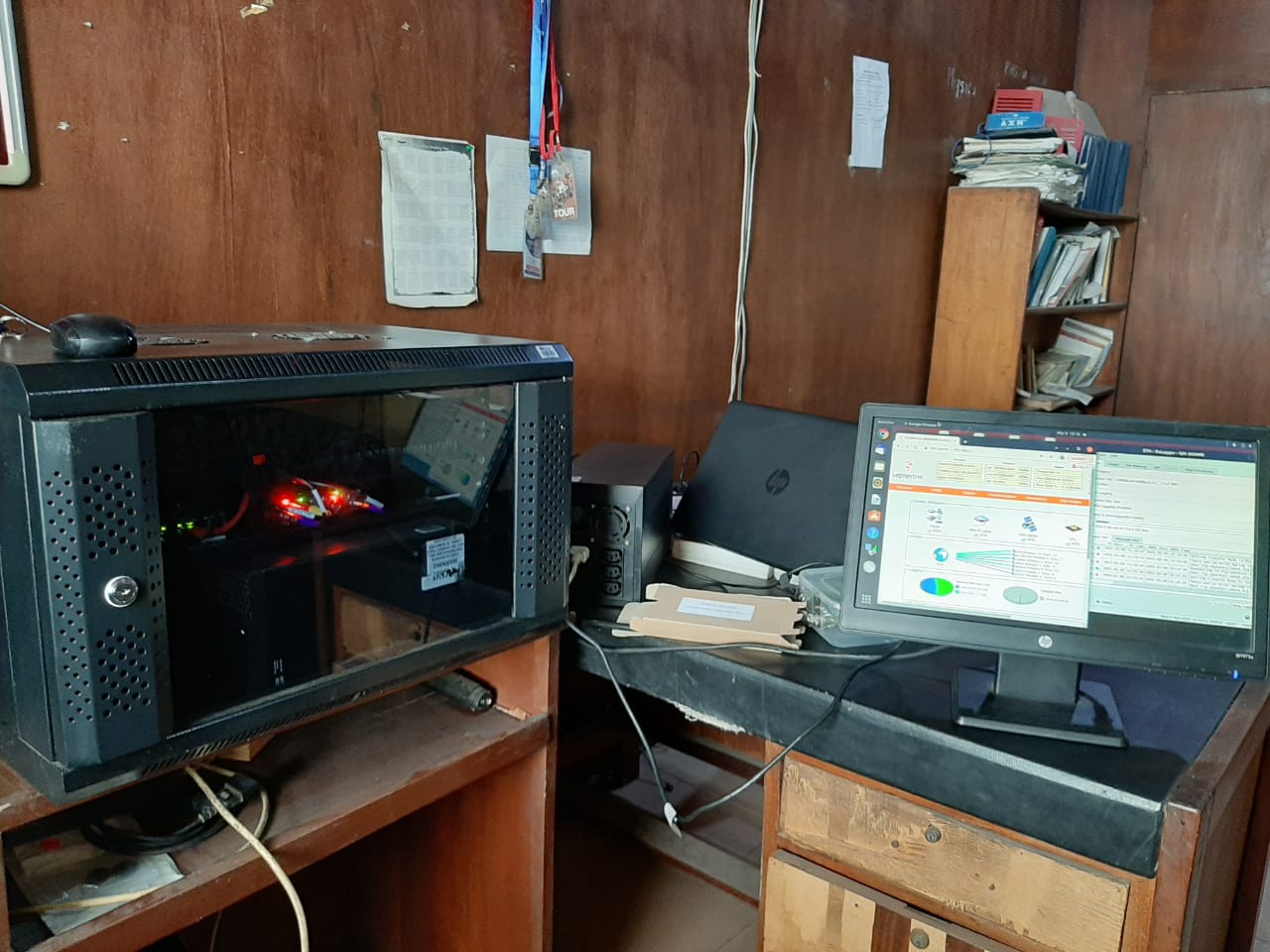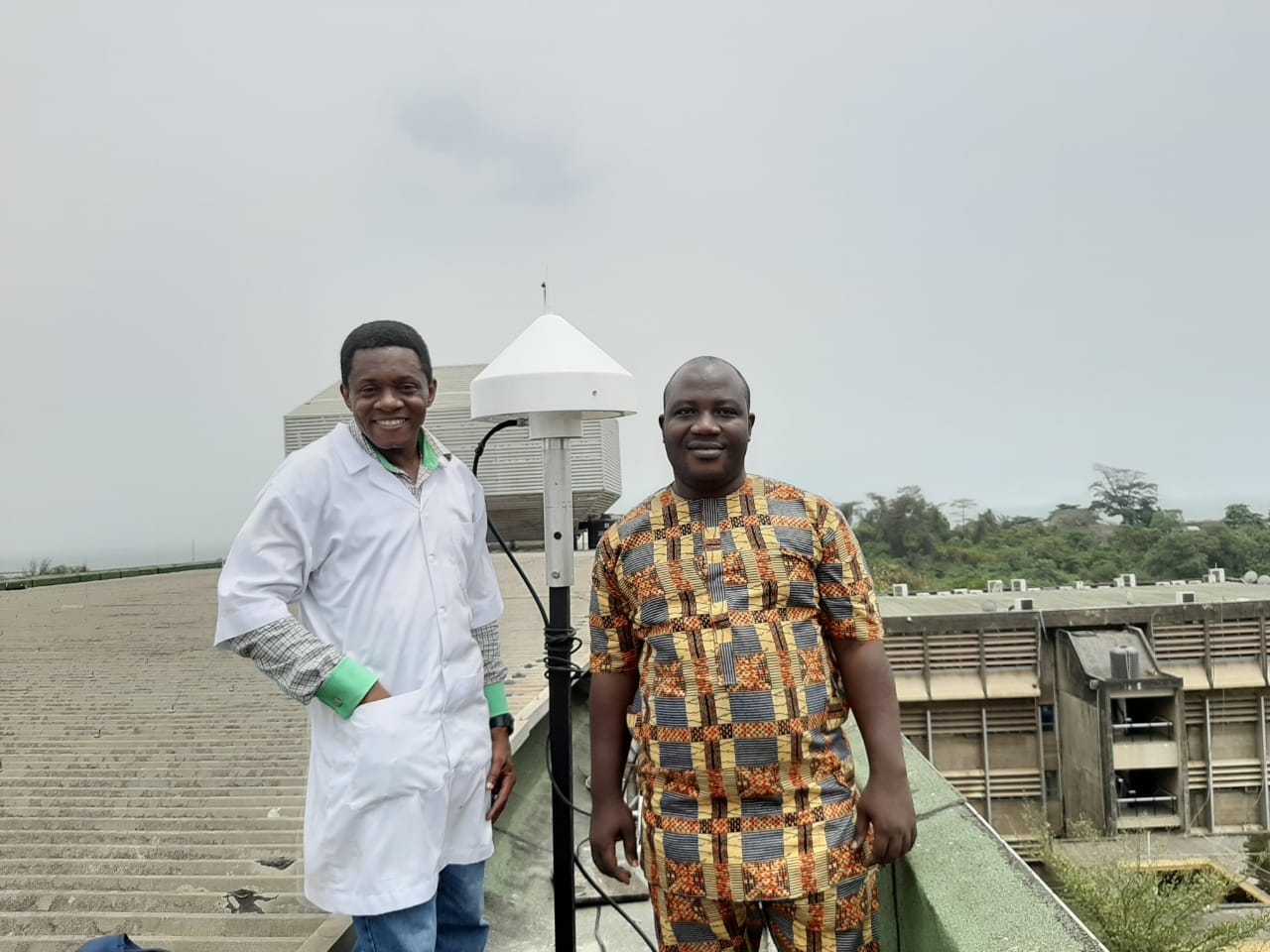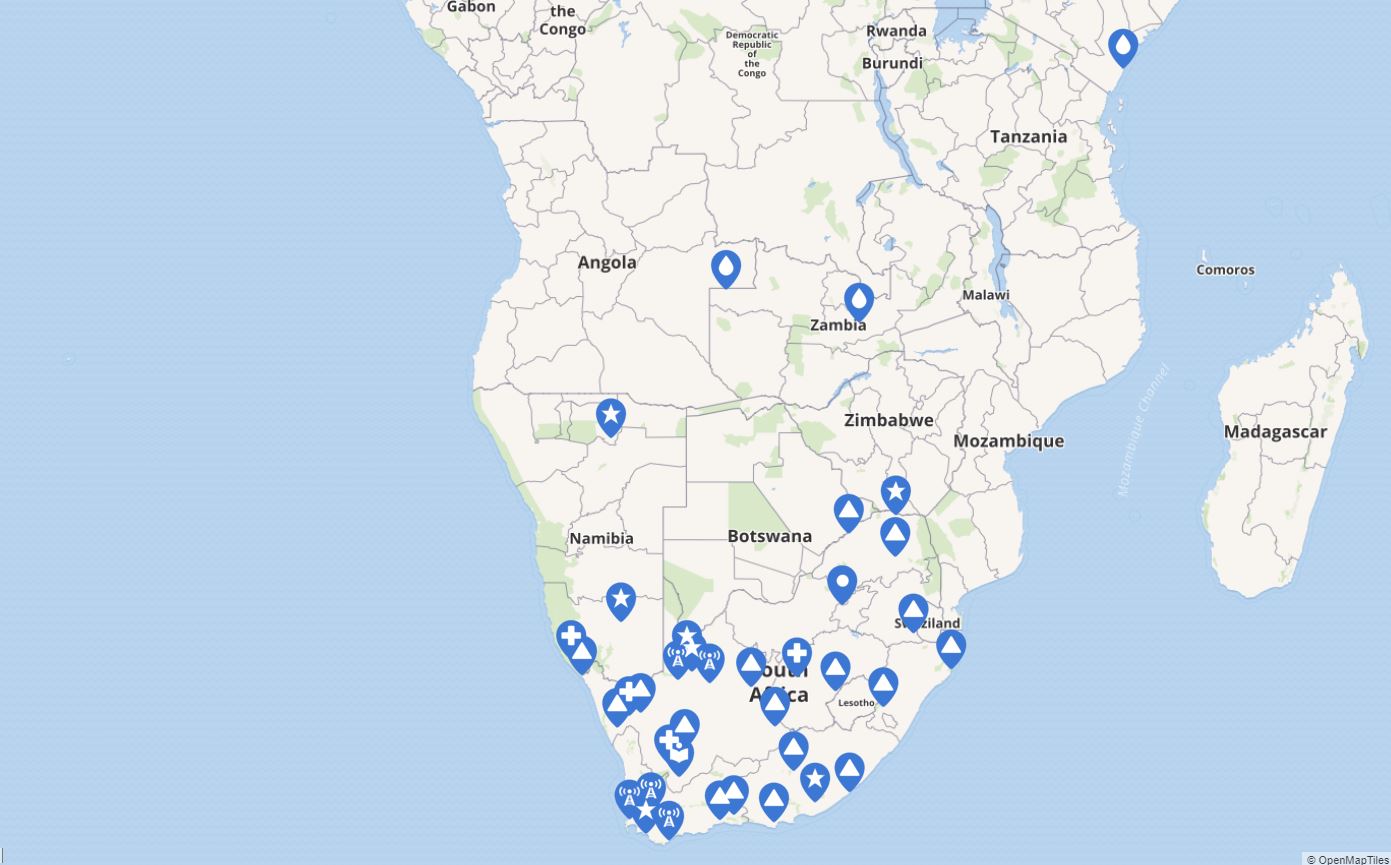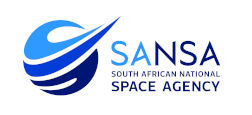
April 14, 2022

SANSA’s African Instrumentation Network is a project developed to support the flow of real-time data to the new operational Space Weather Centre. These ground based instruments monitors the upper atmosphere and provides data to researchers who monitor the effects of the Sun on the on the Earth. SANSA is now deploying more instruments across Africa to address the lack of data over this region.
Following the recent SANSA deployment and installation of a Global Navigation Satellite System (GNSS) station at the University of Lagos (Nigeria), three SANSA colleagues have now travelled to Botswana to deploy more instruments and engage with stakeholders.
Uganda has also agreed to host an instrument and a site has been selected. In addition, recent meetings with Ethiopia, Rwanda and Egypt have opened up new opportunities for possible hosting agreements.
The African Instrumentation Network Projects is currently focused on the deployment of real-time GNSS instruments in other African Countries. South Africa already has a well-established GNSS CORS (Continuously Operating Reference Stations) Network.
Real-time data is key

The operational space weather centre requires real-time data for the products, and this brings with it some engineering challenges. SANSA needs partners in Africa that have the required infrastructure: reliable power, internet, security and – ideally – a keen interest in the data itself.
To bring in the real-time GNSS data, SANSA has designed and implemented an NTRIP Caster and Client system, which handles the ingress and dissemination of the real-time data. This is currently working very well.
Sadly, the installations have slowed down significantly as a result of COVID-19 travel restrictions. Despite this, SANSA completed a successful installation in Zambia. Not only was the equipment successfully fitted, but SANSA also conducted significant science and stakeholder engagements.

Two further installations have been done remotely in Kenya and in Nigeria. Crucial to this process is getting a host institution on board that will accept the instrument. As such, SANSA has to facilitate engagements with potential host institutions in Africa to pave the way for an MoU and hosting agreement. Only at that point can installations go ahead.
In March, the team travelled to Botswana.. Ultimately, SANSA hopes to install eight new scintillation stations and a number of reference stations in the mid-to-low latitudes. We are also looking at new geomagnetic stations in Africa, to expand and improve the network of magnetometers. This is often requested by host institutions once we’ve opened the doors with the GNSS stations.
In the grander scheme of things, SANSA is looking at real time ionosonde data in South Africa. Due to the high cost of ionosondes, however, it is not feasible to roll out ionosondes in other African countries without a very strong partnership or funding agreement.
Jonathan Ward, the SANSA Hermanus Engineering and Data Acquisition Manager is passionate about travelling all over Africa to install GNSS reference stations. “SANSA has more than 80 years of experience with instrumentation networks at over 80 sites in Southern Africa, so expanding into the rest of the African continent is the next logical step”.


